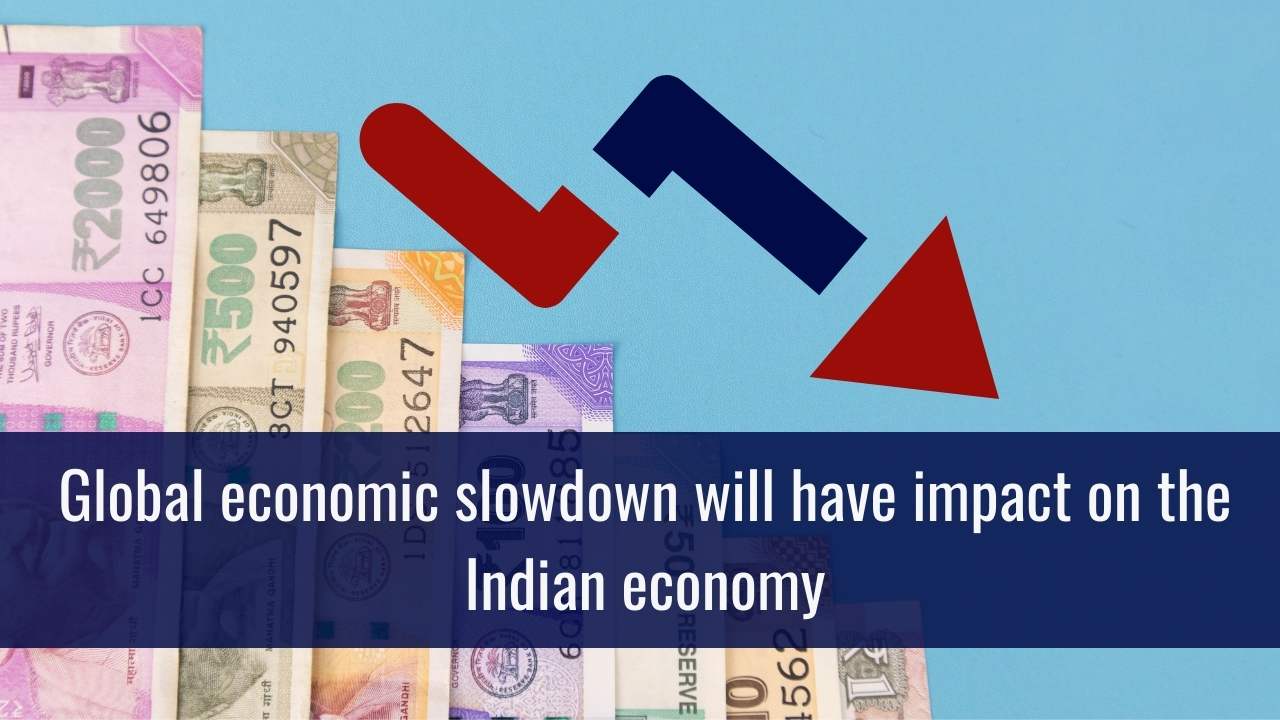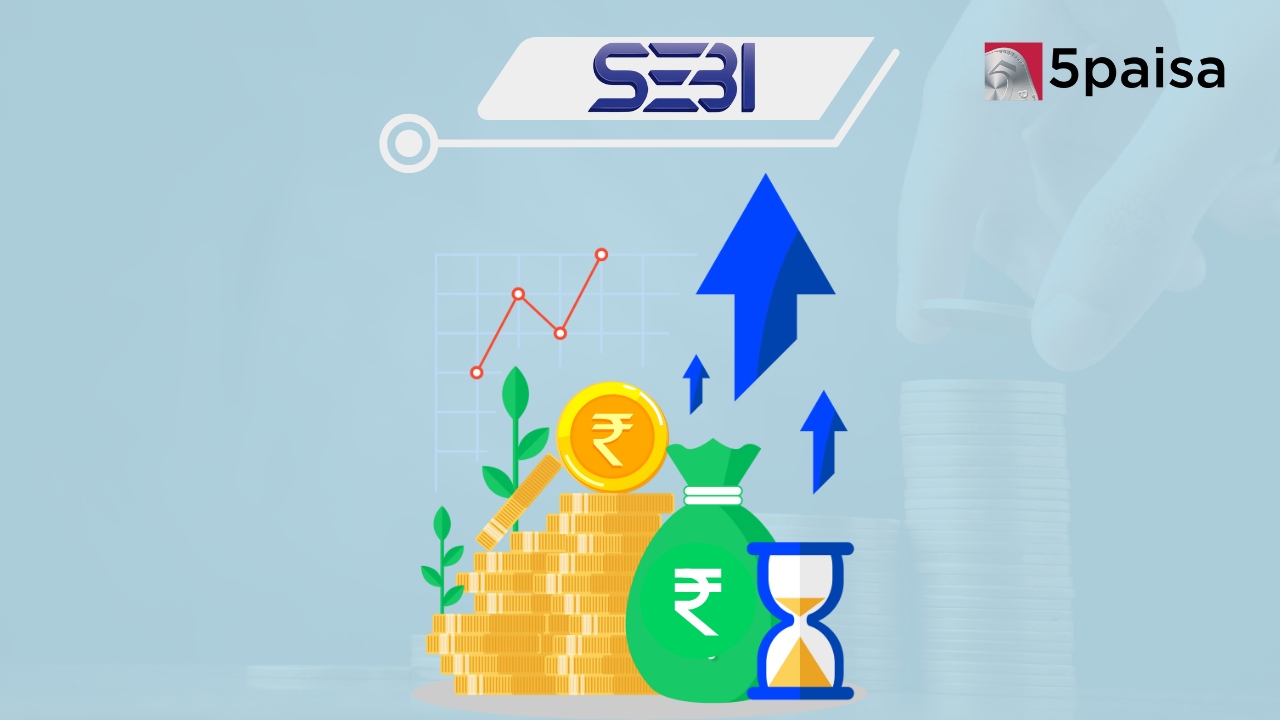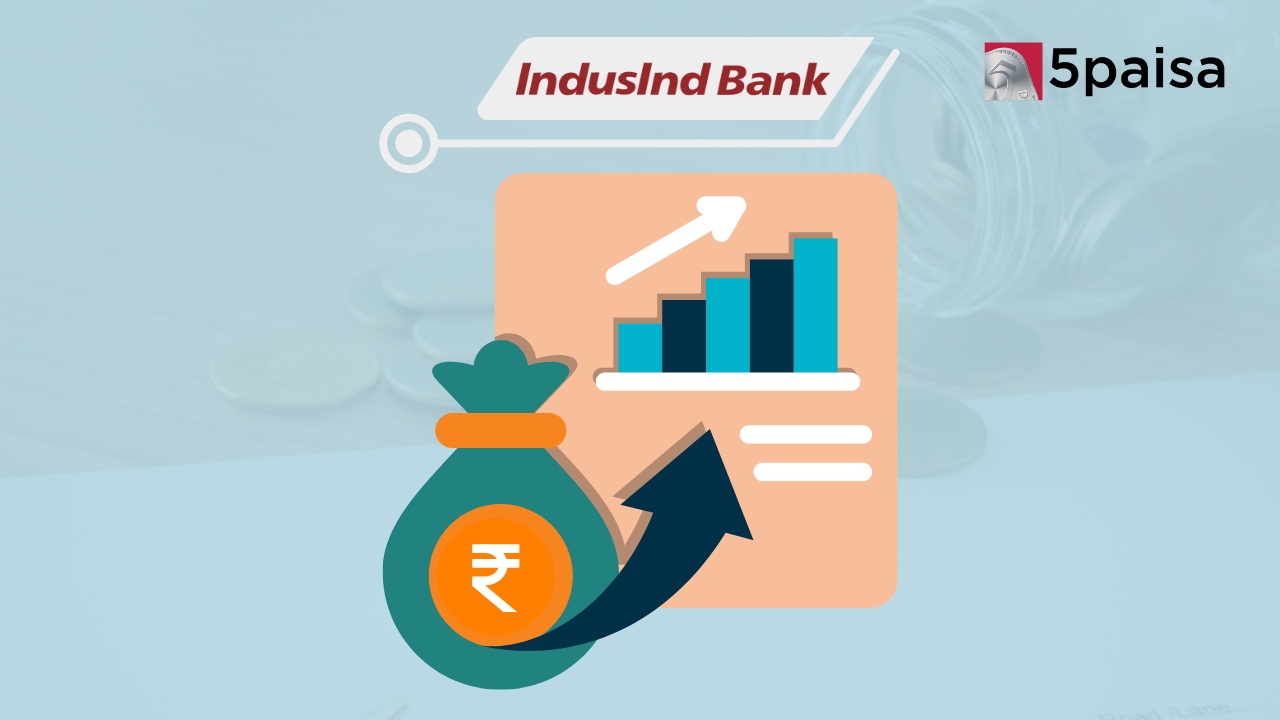SEBI Introduces Specialised Investment Funds (SIF) for High-Risk Investors
Will the global economic slowdown have an impact on the Indian economy

Last Updated: 10th December 2022 - 10:49 pm
Even though India surpassed the United Kingdom to become the world's fifth-largest economy, reporting double-digit GDP growth in the fiscal first quarter, growth is expected to slow in the coming quarters due to global factors. "Global growth slowing may have an impact on domestic macros sooner or later," Bank of Baroda analysts wrote in a research note.
The central government will meet its fiscal deficit target for the year, according to the report. Several economists believe that the US Fed's battle to control inflation by aggressively tightening monetary policy and raising interest rates will likely do more harm to the US and the global economy. The rise of the dollar in response to higher US interest rates will stifle growth in emerging markets and developing economies such as India.
Fed Chair Jerome Powell hinted at a faster rate hike pace to control inflation last month at the Jackson Hole Symposium. As a result, markets became more volatile, and global yields increased. The RBI's comments on inflation have passed its peak and also allayed fears. Domestic growth indicators remained broadly positive, with PMI print, credit demand, GST, electronic imports, and toll collections all increasing.
According to the report, India's manufacturing and services PMIs in August indicate a continuation of activity supported by strong demand and easing price pressures. Furthermore, the South-West monsoon has progressed well, and reservoir storage levels are adequate. However, due to insufficient rains in several parts of Eastern and Northern India, Kharif sowing has been impacted and is 13.7% lower than last year. This has been driven by lower rice and pulse plantings.
Global yields rose sharply following the Jackson Hole Symposium, with the US 10-year yield rising as much as 54 basis points in August. This was fueled by the Fed Chair's hawkish remarks, which signalled an aggressive rate hike pace. The 10-year yield in India, on the other hand, was an outlier, falling by 13 basis points last month. This was aided by falling crude prices. Aside from that, remarks from reserve bank authorities that inflation has peaked and will likely stabilise in the coming months boosted yields.
The Indian rupee has come under renewed pressure following US Fed Chair's hawkish speech at the Jackson Hole Symposium. In fact, the INR briefly surpassed the 80 per dollar mark before correcting due to the RBI's active intervention. However, with growing external headwinds such as a stronger dollar and slowing export momentum, the outlook for Rupees remains bleak. Aside from that, higher US interest rates may trigger another round of Foreign institutional withdrawals from India, weighing on the INR. On the plus side, oil prices may correct as higher interest rates push the global economy into a slowdown, if not recession.
The government reported a surplus of Rs 11,040 crore in July, thanks to a decrease in overall spending and strong revenue growth. As a result, the fiscal deficit will be 6.3% of GDP in July 2022, down from 6.6% in Q1FY23. Overall expenditure growth slowed to 12.2% in FYTD23, down from 15.4% in Q1. This was caused by a significant downturn in revenue spending. Capex, on the other hand, is still going strong. Another good outcome was tax collection revenue, which increased by 24.9% in FYTD23, up from 22% growth in Q1, owing to an increase in direct tax collections. Indirect tax receipts remained relatively stable.
- Flat ₹20 Brokerage
- Next-gen Trading
- Advance Charting
- Actionable Ideas
Trending on 5paisa
Indian Market Related Articles
Disclaimer: Investment in securities market are subject to market risks, read all the related documents carefully before investing. For detailed disclaimer please Click here.
 5paisa Research Team
5paisa Research Team




